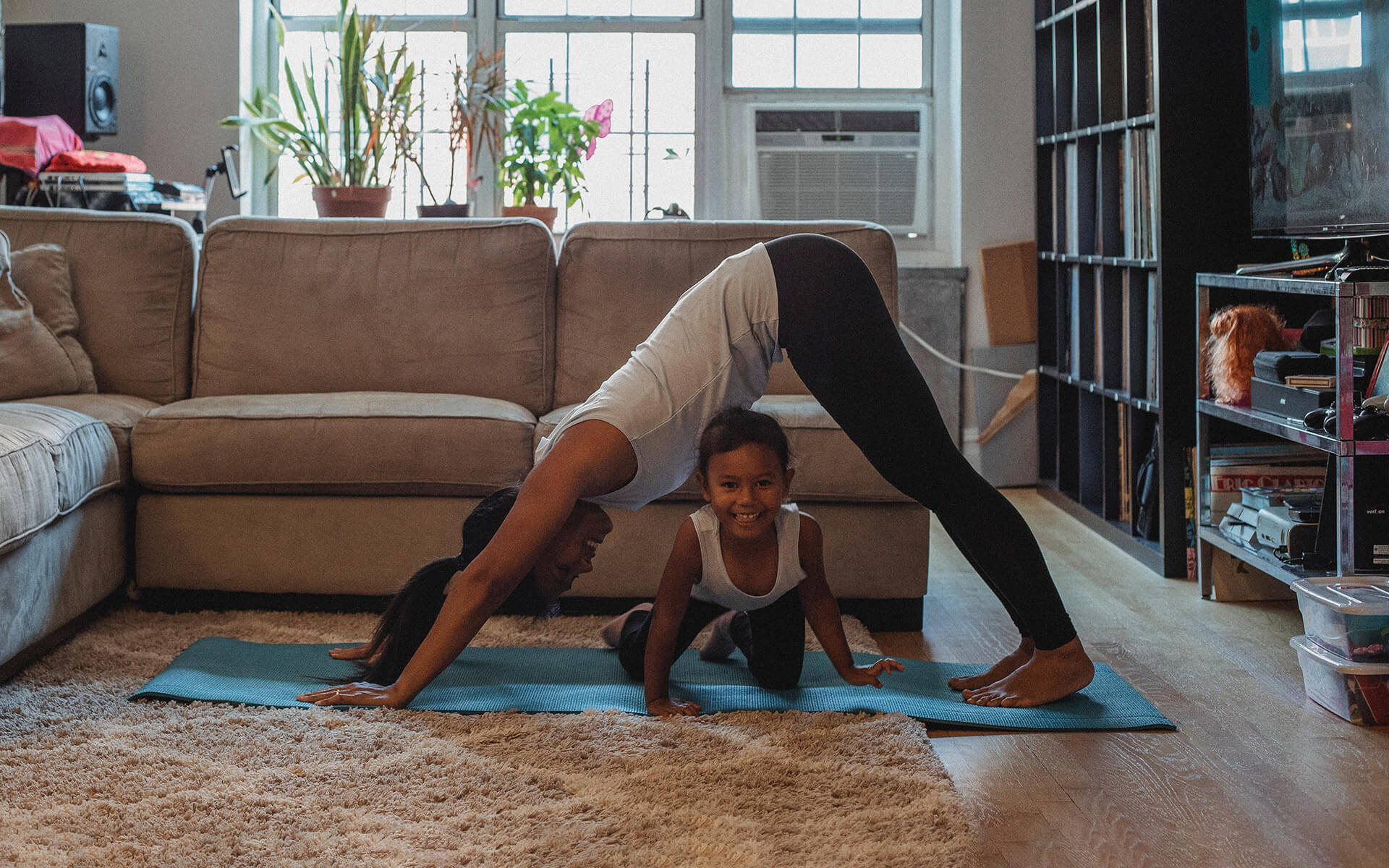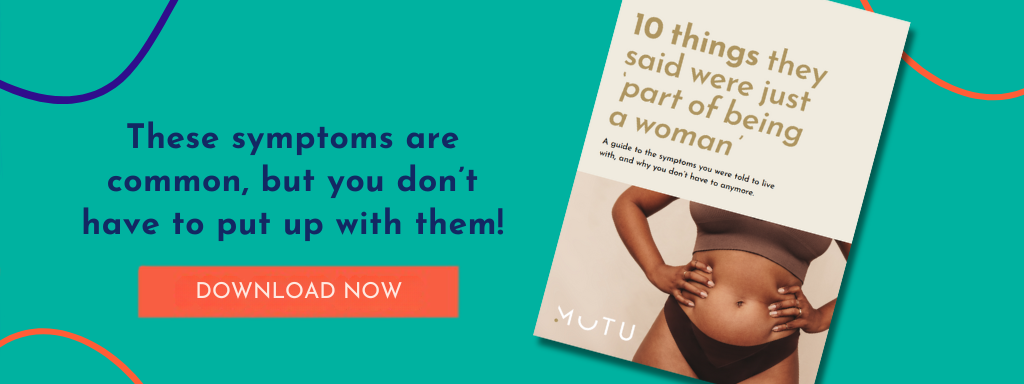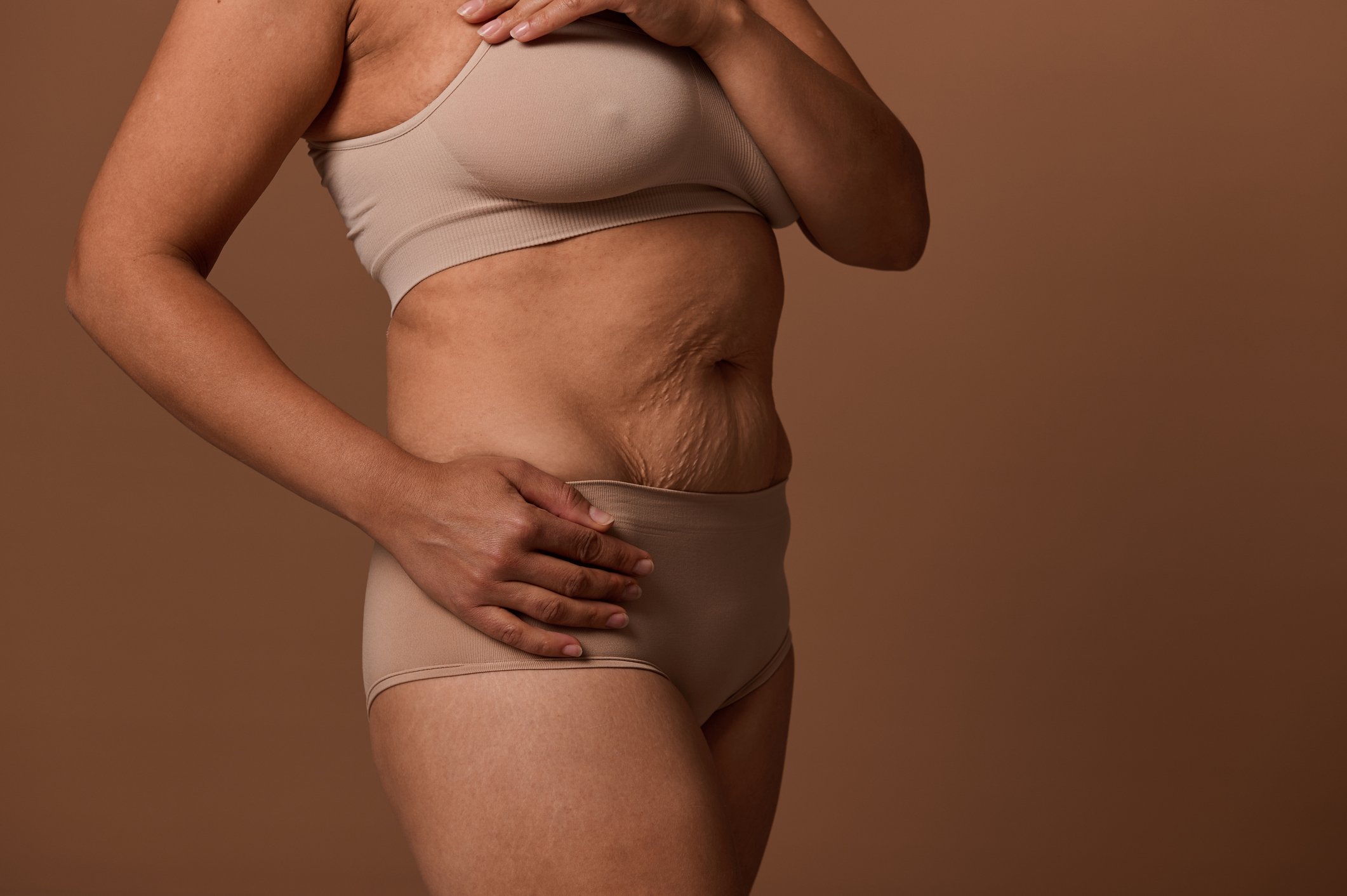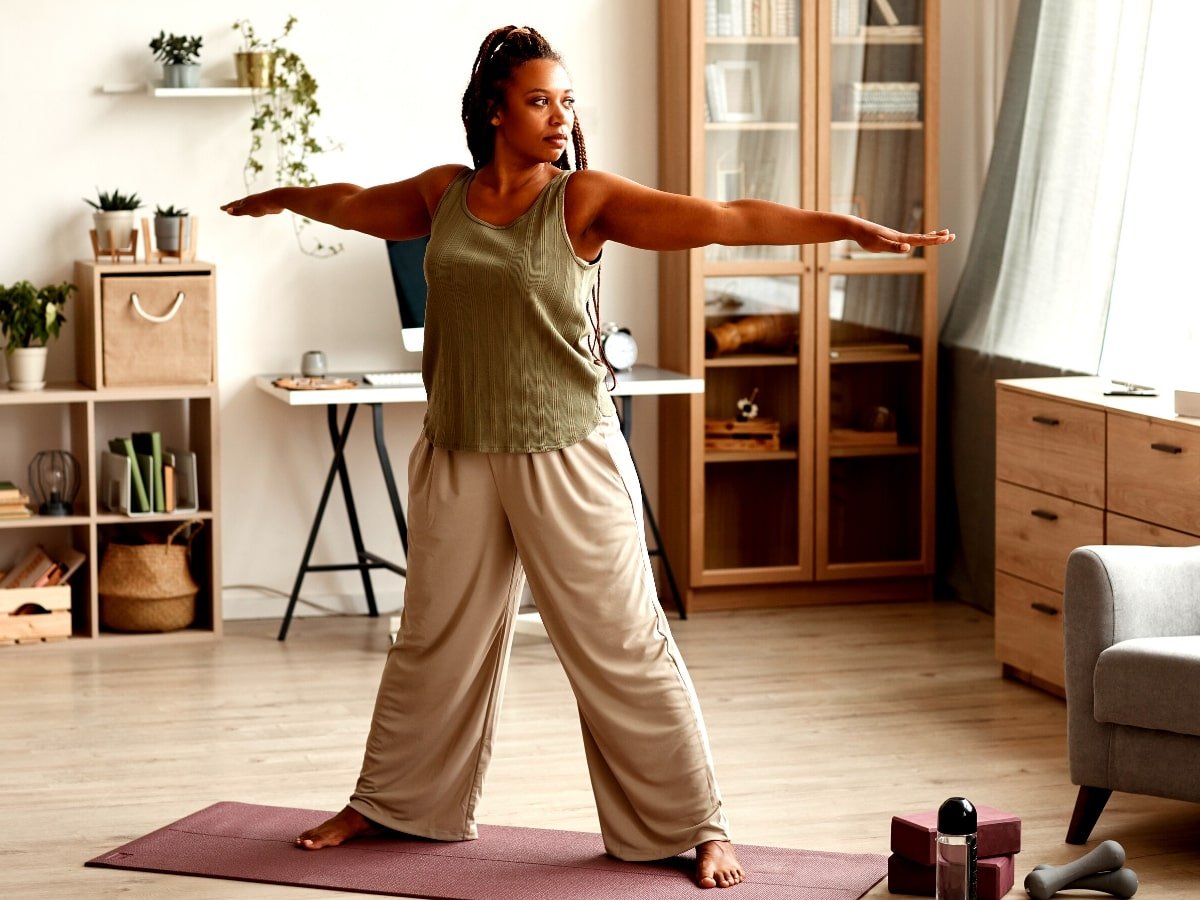Perimenopause is a powerful, often surprising season in a woman’s life. It’s the beginning of a new hormonal phase that can affect the way you feel in your body — especially in your core. If your belly feels different, if you’re noticing more aches or wobbles, or if you’re wondering why your old workouts aren’t working the same anymore… you’re not alone.
Your core is so much more than abs. It’s your body’s deep centre of stability and strength, supporting how you move, breathe, and feel. During perimenopause, hormonal changes can shift the way your core functions. But the good news? You can reconnect, realign, and rebuild it — with kindness, not punishment.
Let’s explore what’s happening to your core during perimenopause and how simple, gentle movement can help you feel strong, supported, and at home in your body again.
What Happens to Your Core During Perimenopause?
As oestrogen and progesterone begin to decline and fluctuate, your body goes through a natural transition. Some of the changes can feel frustrating, especially when they show up in your core.
Here’s what might be happening:
- Muscle Mass Loss (Sarcopenia): As oestrogen drops, muscle mass can decline, especially if you’re not strength training regularly. This includes your abdominal and pelvic muscles.
- Pelvic Floor Weakness: Hormones impact the pelvic floor too. That can mean more leaks, heaviness, or a sense of less control.
- Changes in Fat Storage: Many women notice more belly fat around this time. It’s not about “doing more crunches” — it’s a hormonal response that requires a gentler, smarter approach.
- Postural Shifts and Lower Back Pain: Your deep core muscles support your spine. As they weaken, you might notice more tension, pain, or instability.
These shifts are normal, but they’re not something you have to just put up with. They’re a signal. Your body is asking for something different.
Why a Strong Core is a Game-Changer in Midlife
Your core is your power centre. When it’s strong and functional, everything else feels a little easier. During perimenopause, a well-supported core can help you:
Move With More Confidence
From standing taller to walking without wobbling, a connected core supports every move you make.
Support Your Pelvic Floor
These muscles work as a team. When your deep core is working well, your pelvic floor can do its job better too.
Ease Back Pain
Back discomfort is common in midlife. A strong, aligned core helps relieve that pressure and improve posture.
Feel More in Control of Your Body
When you feel strong from the inside out, everything from exercise to intimacy can feel more comfortable.
You deserve to feel powerful in your body, at every age and stage. And it starts in the core.

Gentle, Effective Core Exercises for Perimenopause
You don’t need high-intensity workouts or fancy equipment. The best movements for your perimenopausal core are low-impact, alignment-based, and rooted in real-life function, just like the exercises in the MUTU System.
MUTU is designed specifically for women navigating changes like pregnancy, postpartum, and perimenopause. Our clinically proven programme focuses on reconnecting to your core and pelvic floor with intention and ease.
Here are a few foundational MUTU-style movements to support your core during this season. Remember, these exercises are just the smallest taster of the full instructions and guidance within the MUTU programme!:
1. Pelvic Tilts
These gentle movements help reawaken your deep abdominal muscles. Lie on your back, knees bent, and rock your pelvis forward and back with your breath. This will start to build awareness and control.
2. Bridge Lifts
A classic MUTU favourite. Press through your heels to lift your hips, activating glutes and core while maintaining a long spine. This builds strength without strain.
3. Bird-Dog
This functional core movement is great for improving balance and cross-body coordination. MUTU uses this to train stability from the inside out.
4. Pelvic Floor Work with Breath and Alignment
In MUTU, pelvic floor work is never just about “squeezing.” We guide you to gently lift and release the pelvic floor in sync with your breath, with the right posture and alignment to support true connection and lasting results. Less force, more function.
You can start small. MUTU is built on the idea that short, consistent practice is more powerful than sporadic effort. You don’t need to push — you need to connect.
If you’re ready to support your core with a proven, supportive method made for midlife and motherhood, the MUTU System is here for you.
Tips for your Core During Perimenopause
Here’s how to get started, with kindness:
- Make it Consistent: Little and often works. You don’t need an hour. Try 10 minutes.
- Add Movement You Enjoy: Walking, swimming, dancing — anything that feels good counts.
- Reach Out: A pelvic health physio can support you with personalised guidance.
- Ditch the Guilt: There’s no “too late”. Your body is still strong, wise, and worthy of care.
Want to Learn More?
- The Effect Of Perimenopause On Pelvic Floor Health — Want to understand what’s really going on with your core during this stage of life? Read this next.
- How To Engage Your Core — If you’re in your 40s or 50s and noticing core changes, perimenopause could be playing a role. Here’s why that matters.
- Recovering After A Hysterectomy — For readers who may be navigating surgical menopause, link to this new post for insight into post-op core health.
- The NHS on menopause symptoms












